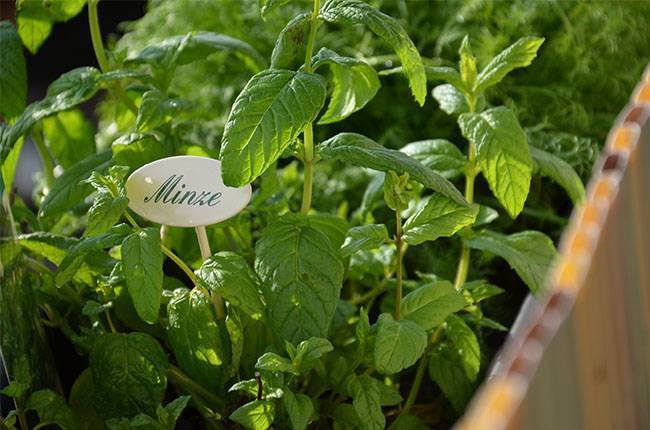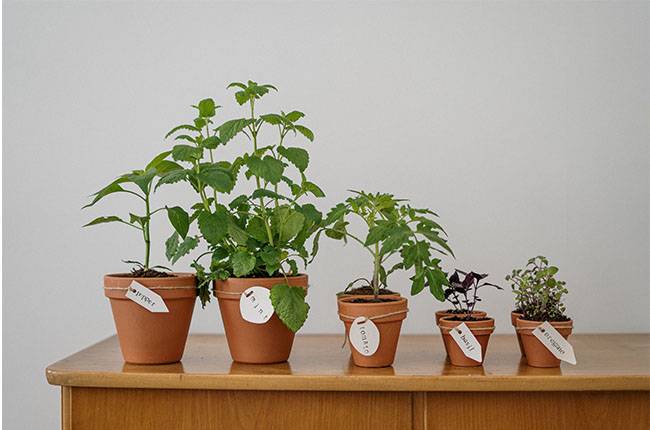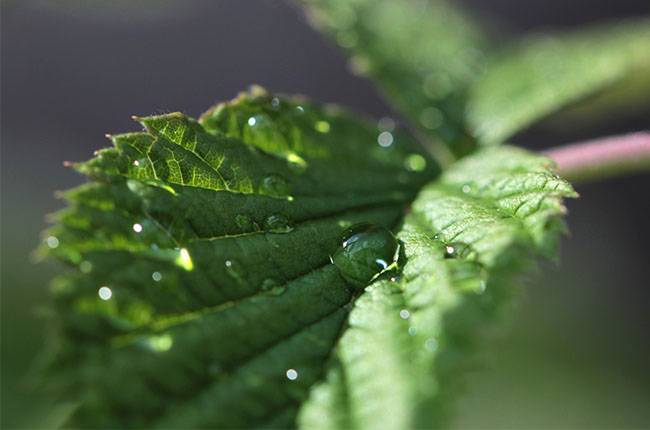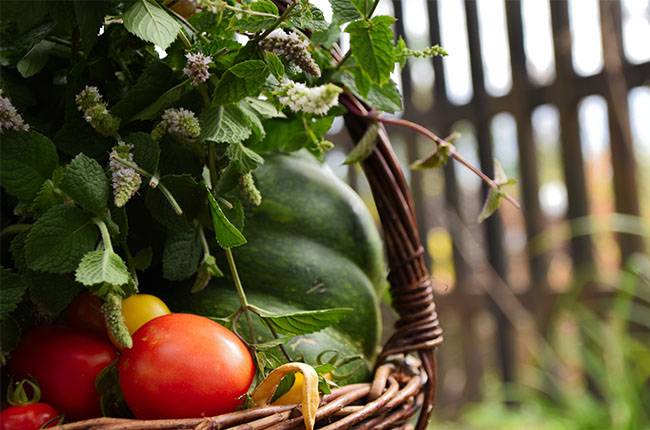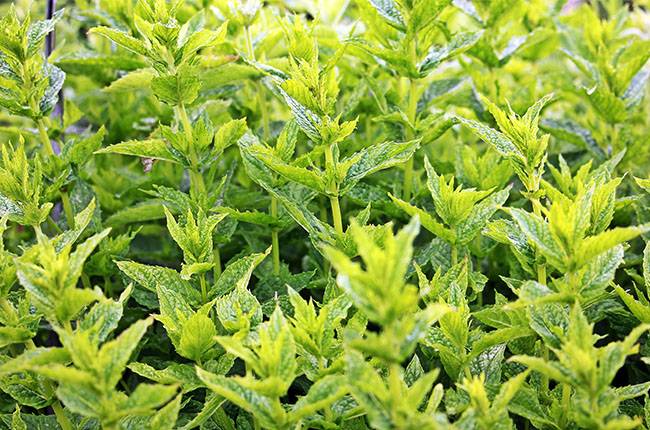
Everyone knows what mint is. It is often added to teas to produce a rich flavor, but it is important to know when to properly harvest mint for drying. So How to harvest mint and store it?
Mint is not a whimsical plant and is easy to grow in your place. In order to add mint in the middle of winter (the warm season) for a delicious and invigorating tea, harvest and dry it. However, for mint not to lose its color and intense aroma, it is important to know when to harvest and how to dry it properly.
The intensity of mint’s aroma is directly dependent on how saturated its leaves and stems are with essential oils. Peak saturation occurs in late June – early July. It is during this period that harvesting begins.
It is a perennial medicinal and industrial plant, 30-90 cm (11.8-35.4inch) tall, origin: China and Japan.
The harvesting of mint for drying begins in mid-summer. To do this, choose a dry day. The plants should not be wet at the time of harvesting. The time of day also affects the quality of the herb.
Intense heat produces a greenhouse effect. Because of this, the leaves become sluggish. Harvest in the early morning or late afternoon when there is no intense heat.
After a long hot season, the plants need to be kept moist. They should be washed with water and then dried. Only then can they be harvested.
For the second harvest, short shoots that protrude from the ground should be left on the cuttings. These can be harvested again as early as the beginning of autumn.
Mint should not be dried in the oven. Otherwise, it will lose its nutrients and its fine aroma.
Mint leaves should be left to dry for a few days. Roll them up in a cloth or paper and put them in a dark place. The leaves are regularly turned upside down.
This helps prevent the formation of moisture that can spoil the plant. During the drying process, isolate from any heat sources. Ovens or heaters can damage the essential oils.
WHAT ARE THE BENEFITS OF PEPPERMINT?

Peppermint essential oil has many positive characteristics. Its use can be found in many foods and products used on a daily basis.
Positive effects of peppermint: It has a cooling effect. When in contact with the mucous membranes, it excites the nerve endings and activates the cold sensory receptors.
In this case, the upper blood vessels narrow and the internal reflexes expand. This reduces the occurrence of pain syndrome.
Normalizes the digestive glands, reduces the fermentation process in the gastrointestinal tract, normalizes metabolism, and reduces the tension of the intestinal smooth muscle.
Improves the work of the biliary and urinary tracts. Used for asthma. Has a sedative and mildly hypotensive effect.
Preparations made from the leaves of this plant regulate blood circulation and lower intracranial pressure.
It is a fast-acting topical remedy for severe headaches. In large doses, it can disturb sleep. Peppermint has a disinfectant effect.
Peppermint contains essential oils that affect many bacteria and Staphylococcus aureus. Peppermint infusion helps refresh and tone the skin of the face, making it firmer and reducing irritation and inflammation.
Obviously, it is difficult to overestimate the beneficial qualities of peppermint. Therefore, if there are no contraindications, they can be included in the diet.
WHEN TO HARVEST MINT: BEFORE OR AFTER FLOWERING?
Mint leaves should be collected only after a wreath has formed on them, but before flowering has begun. During this time, the useful substances reach their maximum concentration.
The stems can be cut while actively flowering. When to pick mint determines its color and aroma after drying. If this is done before flowering, there will be insufficient essential oils in the plant.
It will fade and lose its scent when dried. The same will happen with coarse faded mint. In order for the grass to retain its original form during storage, it is necessary to.
- store it in canvas bags or cardboard boxes – they do not obstruct air circulation.
- You can remove the leaves from the stems and place them in glass jars.
- Choose a cool, dry place for storage.
Dried mint can be stored for up to 2 years. During this time, it retains its pleasant aroma, green tones, flavor, and benefits.
It is best to pick mint when it is in flower. Its flowers contain a large number of essential oils with healing properties and a pleasant smell.
WHEN TO HARVEST MINT FOR DRYING
When planning your winter harvest, you need to know when to cut the mint and how to collect and store it.
But for that, you first need to find out when to harvest mint, because mistakes made when collecting mint will prevent you from retaining the most useful properties of this herb.
A dilemma usually arises: when to collect mint for harvesting in winter.
Mint is harvested in mid-summer between July and August when it reaches a height of 20-30cm (7.87-11.8inch), and then the plant is filled with as much essential oil as possible and has the greatest value.
WINTER HARVESTING OF MINT
There are many options for harvesting green spices in winter. To preserve the pieces for a long time and to make the plant’s special aroma to your satisfaction until the next season, but at the same time to avoid rotting of the raw material, dry it. This is the easiest and most common method.
You can freeze the fresh twigs and leaves. In this way, they will not lose their pungent flavor.
However, the appearance of the plant will become unpresentable and the frozen color will change to brownish-green. When freezing, the leaves or twigs should be rinsed with water and drained with excess water.
Next, place in plastic containers and in the freezer. Some gourmets harvest mint in the form of ice cubes.
They must be carefully cut, placed in ice cube trays, and filled with boiling water. These cubes can be used for flavoring. If you add a slice of ginger and lemon, it will add an aroma to the tea.
Important! If you want to pick fresh vegetables in the winter, then in the fall it is worth planting mint in pots on the windowsill. In cold weather, it may be difficult to buy fresh bundles, or they are more expensive than usual. This method will make it possible to grow green spices at home.
HOW TO PROPERLY DRY MINT TO RETAIN NUTRIENTS
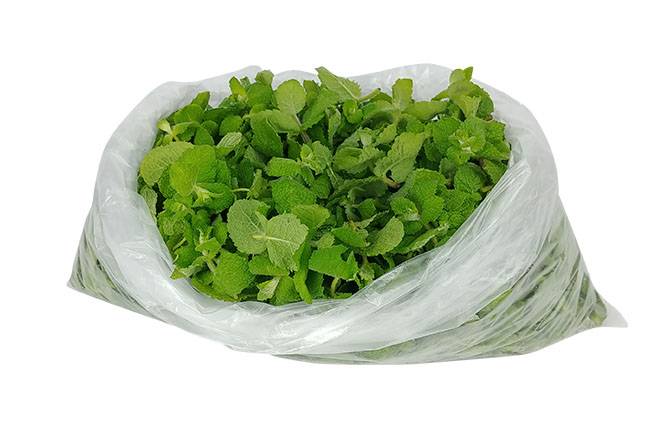
In a dry, ventilated place under the canopy, dry the stems with paper or cloth and turn them over periodically to avoid decay.
Once dry, fold them into an airtight container. You can tie the branches into loose bundles and hang them outside in the shade to dry, or cut the stems into small pieces and lay them on a surface.
Important! During drying, you need to make sure that the sun’s rays do not fall on the leaves.
Drying occurs within 2-3 weeks. Drying is complete if the leaves separate easily from the stems and the stems themselves break easily.
If drying in the open air is not possible, a special vegetable and fruit dryer are used.
This device generates warm air currents at optimal temperatures and causes them to flow over trays on which fresh food is placed for drying.
With the help of such a gadget, you can dry any herbs used for homemade.
Important! Using any heated drying method, the air temperature should be set to no higher than 35°C (95°F). At high temperatures, all the beneficial properties and aromas of the spices will be lost.
HOW TO STORE DRIED MINT THROUGHOUT THE WINTER
For storage purposes, the dried leaves can be separated from the stems. They are brewed in tea or infusion form, and the individual leaves are ground and used as vegetable seasoning.
Dried mint harvested during the winter can be stored well in airtight glass jars or cloth bags.
You can also use plastic bags or plastic wrap, but leave a small hole for air to enter.
Shelf life is 1.5 years.
Important! If overheated or too hot, the plant can give the product an unpleasant bitter taste.
In cosmetology, this herb is actively used in the preparation of lotions, masks, tonics, creams, salves, and pressed ointments at home. Dried peppermint is used to make essential oils, scented pillows, and balms.
To prepare a peppermint mask, you need to take 2 tablespoons of crushed leaves and pour hot water over them to make a paste.
Next, you should heat it to 60-70°C (140-158°F) and then cool it slightly. The mask should be kept warm 37-40°C (98.6-104°F).
Apply it to a clean face and cover with several layers of folded, clean, slightly damp gauze.
Important! The gauze for the mask should be warm and moist. It is enough to wet it with warm water, squeeze it well, and apply it to the face. This will produce a “bath” effect – the pores will open and the oils will flow better into the skin.
The duration of the mask is 15-20 minutes.
After figuring out how and when to properly collect peppermint for drying (before or after flowering), and learning how to harvest peppermint in the winter, you can use its healing properties year-round.




